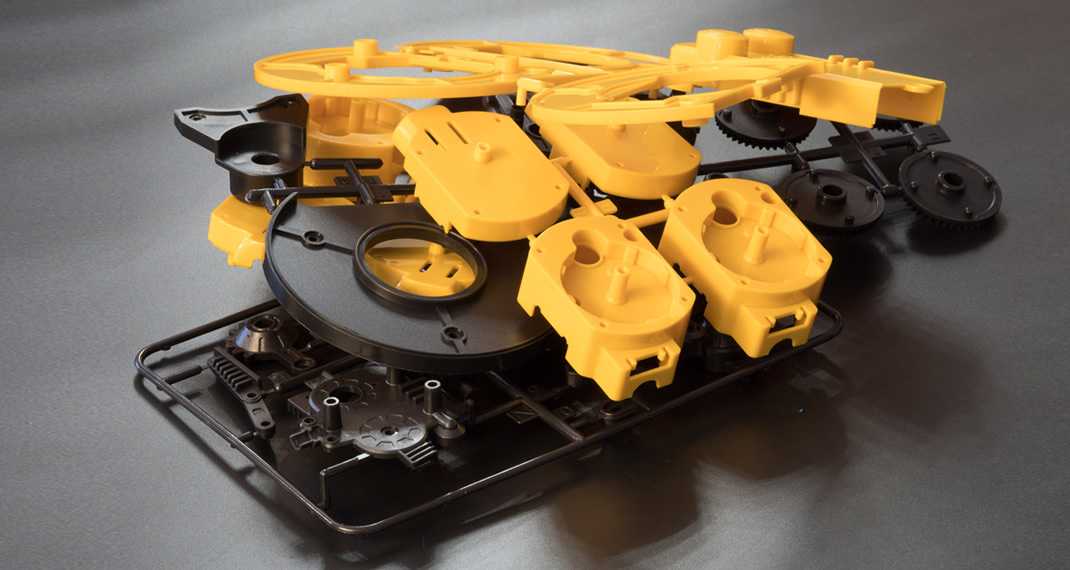Plastic Injection Molding
What is the principle of plastic injection molding (plastic molding process)?

Plastic is everywhere in our daily life. In our daily life, more than 60% of daily necessities are plastic products, and the most common
production method of plastic products is "plastic injection molding".
What is plastic injection?
To put it simply, plastic injection molding consists of three elements, namely: "plastic material", "plastic mold" and "plastic injection
machine", and these three elements will be subdivided into many different parts due to different manufacturing requirements.
"Three Elements of Injection Molding"
►Plastic raw materials
Crystalline material: PP, PE, PA...
Amorphous materials: PS, ABS, PC...
►Plastic mold
Two-plate mold, three-plate mold, hot runner
►Plastic injection machine
Hydraulic crankshaft type, two-plate direct pressure type, all-electric type
Before understanding the process of injection molding, let's briefly understand the structure of the injection machine:
Injection machine structure
• Drum : The location where the raw material is stored
• Feed tube : the passage of raw material to the mold
• Screw : The material tube is covered with a "screw". The function of the screw is to melt and knead the plastic, and inject a
certain amount of plastic into the mold.
• Mould : It is like a model for making chocolate, into which raw materials are injected to form a product of a specific shape.
• Ejector : "Ejector" is a part of the mold, and its main function is to push the molded product out of the mold, that is, to separate
the product from the mold.
5 steps of injection molding
The process of plastic injection molding can be simplified into a "5-stage, continuous cycle" process, which are:
Plasticizing ⇒ Filling ⇒ Packing ⇒ Cooling ⇒ Ejecting
Plastic injection manufacturing process
1. Plasticization
The raw material is melted in the material tube (the screw is actuated to make the raw material knead evenly)
2. Filling
The material is "filled" into the mold through the screw
3. Pressure retention
After the raw material is filled into the mold, in order to avoid the backflow of the raw material, the space in the mold is
continuously pressurized to ensure the compactness of the raw material filling.
4. Cooling
The product is rapidly cooled and shaped in the mold.
5. Ejection
The cooled product is pushed out of the mold through the ejector pin on the mold.
The principle of plastic injection molding is like making chocolate. The raw materials are poured out of the machine, heated and
melted, and then injected into the model. After the product has cooled, it is demolded and the finished product is completed.
Plastic injection molding is an easy and rapid prototyping method, but because plastic itself has the characteristics of "cooling shrinkage",
it requires the technology and experience of product designers and processing manufacturers to be able to adjust the size and size
of the product. The appearance is well controlled to create a good plastic product!
Further understanding for Plastic injection molding
This is just a partial overview of plastic injection molding. Are they the right knowldge for you? Not sure how to apply them to your
next project? Just contact our technical experts and we can offer helpful advice about how to get the best results from its processes.
